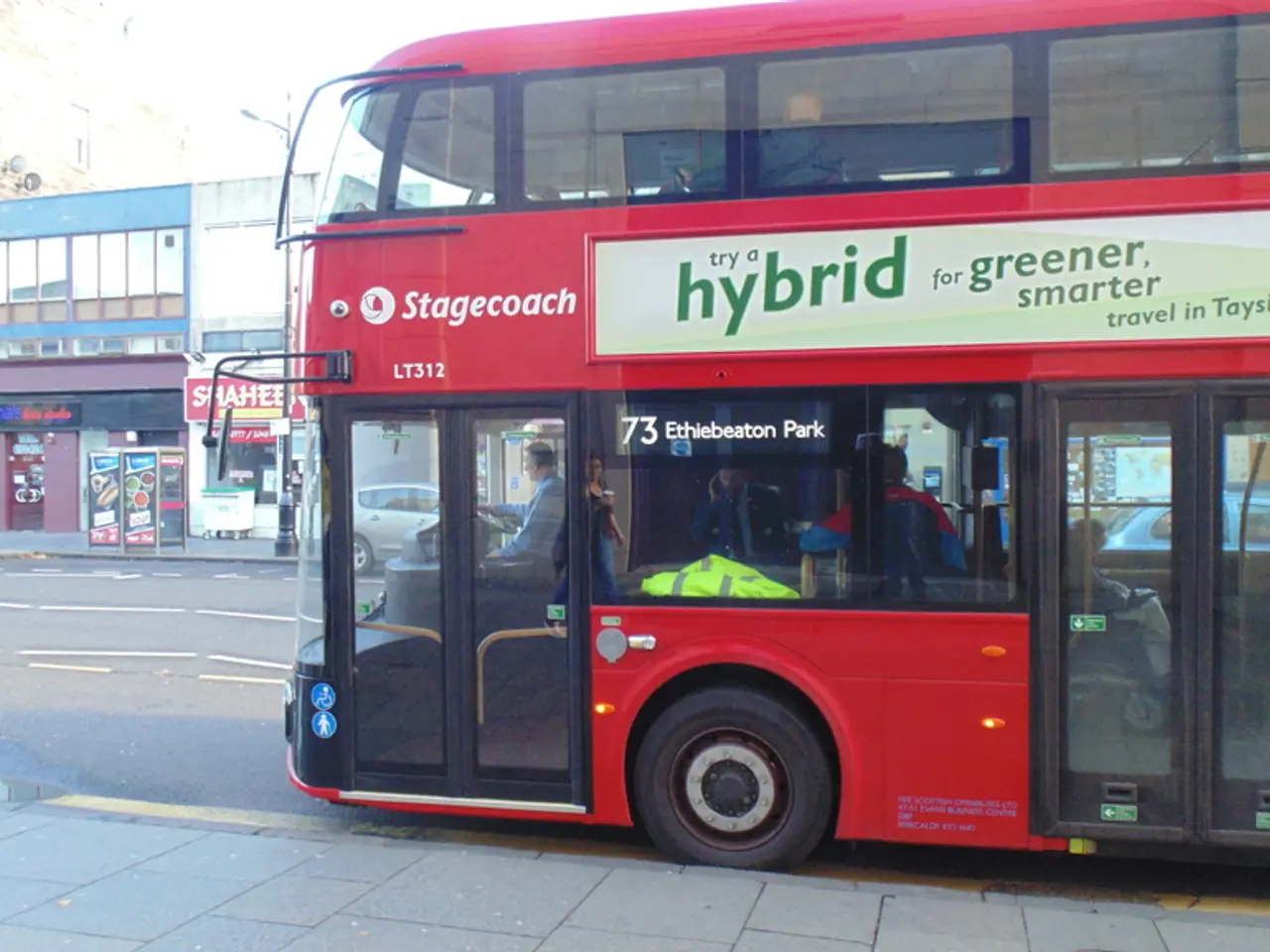LEED Green Associate Transportation Strategies within the LEED Operation and Maintenance (O&M) Location and Transportation Category
In the pursuit of a greener future, the LEED (Leadership in Energy and Environmental Design) O&M (Operations and Maintenance) rating system has taken a significant step towards promoting sustainable transportation. The Location and Transportation category within the LEED O&M encourages strategies that reduce single-occupancy vehicle trips and instead, advocate for alternative transportation modes.
Financial incentives play a crucial role in this initiative. These incentives, which include subsidies, vouchers, discounts, prizes, recognition, and even preferential parking, are offered to encourage the use of alternative transportation methods in the LEED O&M Location and Transportation category.
For instance, providing discounts for carpooling or vanpooling, subsidising public transit passes for building occupants, and offering incentives for cycling such as bike-share memberships or bike maintenance services, are all examples of financial incentives designed to support transportation optimization in the LEED Location and Transportation category for operations and maintenance.
Moreover, implementing parking pricing strategies that discourage single-occupancy vehicle use can also be considered a financial incentive within this category. Offering incentives for cycling, for example, could potentially reduce the cost of parking for cyclists, making it a more attractive option compared to driving.
It's important to note that strategies such as Xeriscaping, minimising impervious areas, and sizing the building appropriately are not directly related to addressing transportation in the context of the LEED O&M Location and Transportation category. They primarily focus on reducing the environmental impact of the building itself.
The LEED v4.1 Operations and Maintenance (O&M) rating system, however, broadens its scope to strategies that reduce the environmental impact of transportation associated with a building's operations. By encouraging the use of alternative transportation methods and offering financial incentives, it aims to contribute to a more sustainable urban environment.
In conclusion, the LEED O&M Location and Transportation category, through its financial incentives and strategies, is making a substantial effort to promote sustainable transportation, thereby reducing carbon emissions and contributing to a greener future.
Read also:
- Impact of Alcohol on the Human Body: Nine Aspects of Health Alteration Due to Alcohol Consumption
- Understanding the Concept of Obesity
- Tough choices on August 13, 2025 for those born under Aquarius? Consider the advantages and disadvantages to gain guidance
- Microbiome's Impact on Emotional States, Judgement, and Mental Health Conditions







